Summary
The foot is an important component of the gait and upright posture of the human body. The structure of the feet plays an important role in balancing the body weight during walking and standing. According to some research studies by American Podiatric Medical Association, a pair of human feet covers on an average 75,000 miles up to the age of 50 years. As a result, feet undergo prolonged wear and tear, injuries, and physical stress, which are the chief reasons for a foot pain. Women suffer from foot pain more than men do. Pain can occur anywhere in the region of the foot. However, heels and metatarsals (bones in between the heel and toes of the foot) are the most commonly affected parts, as they are the chief body-weight bearing areas of the foot. Doctors diagnose foot pain based on physical examination, imaging tests, blood tests, and other diagnostic tools. Self-care measures such as the use of ice packs, a good fitting and shock absorbing footwear, heel pads, weight control, stretching exercises, among others help in reducing foot pain. Medicines such as painkillers and physiotherapy exercises also help to alleviate foot pain.
(Consult a doctor with online treatment app)

 Doctors for Foot Pain
Doctors for Foot Pain  OTC Medicines for Foot Pain
OTC Medicines for Foot Pain
 Foot Pain articles
Foot Pain articles
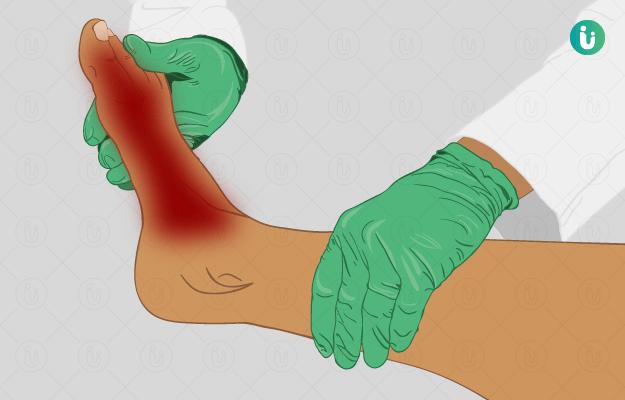
 Ayurvedic Treatment of Foot Pain
Ayurvedic Treatment of Foot Pain
 Homeopathic Treatment of Foot Pain
Homeopathic Treatment of Foot Pain


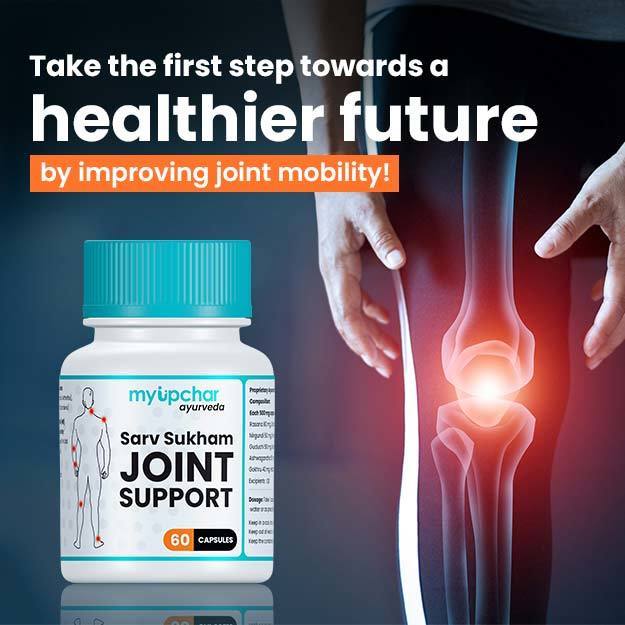
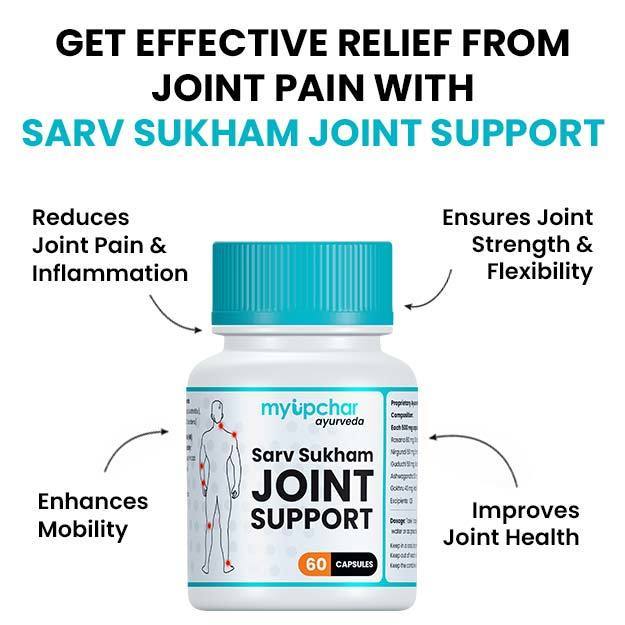

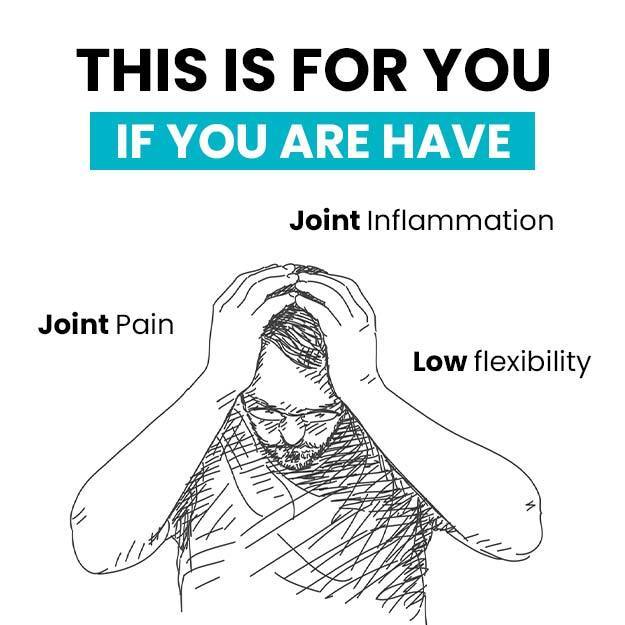
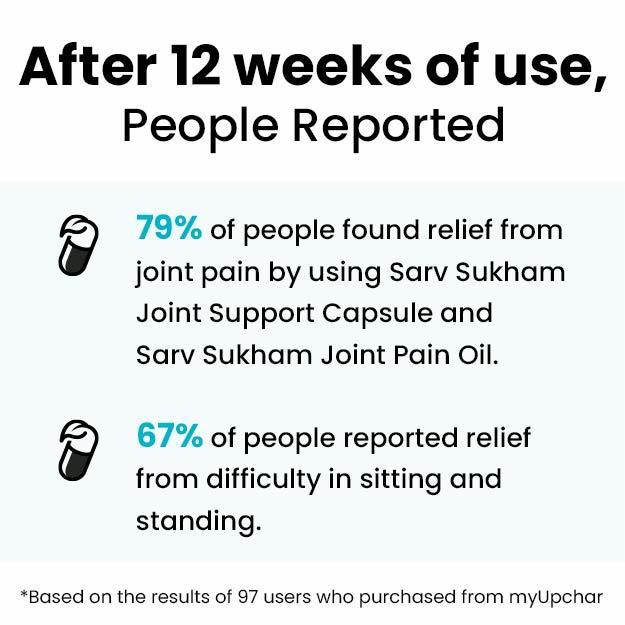









 Editorial Team
Editorial Team


 Dr. Rachita Narsaria
Dr. Rachita Narsaria
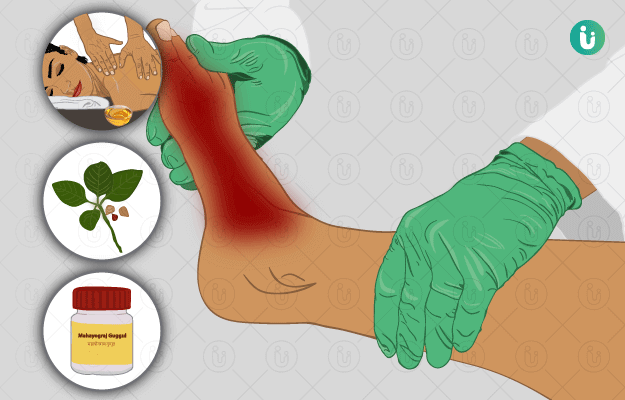
 Dr. Laxmidutta Shukla
Dr. Laxmidutta Shukla











